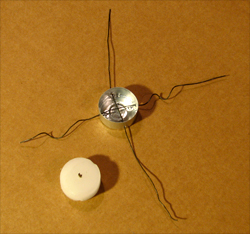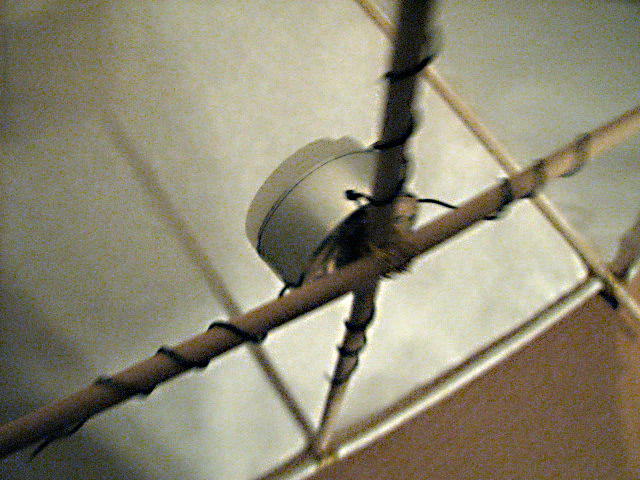Metal
Pros and cons
Metal has been used for lanterns for centuries.
Pros
- Metal is strong and durable
- It's malleable - it can be worked into a multitude of shapes.
- If it's made thin, or made into openwork, it can be relatively lightweight, especially light metals like aluminum.
- It can be kept outdoors with minimal care.
- It can be painted or polished for more interesting surfaces.
- It will not be damaged by open flame, until you get to the melting temperature of the individual metal, which will vary.
Cons
However, metal has a few disadvantages for a portable lantern maker:- It can be heavy, especially for larger lanterns.
- It is opaque. You need to make openings for light to escape.
- It conducts heat easily. You must make sure that your lantern design allows heat to escape or it will get dangerously hot.
- You need special tools to work metal, such as torches, drills, files and saws.
- It is more challenging for beginners to work with metal.
- It's more dangerous to the maker.
- It can be harder to fix mistakes.
- Materials can be more expensive.
Using metal parts in lanterns
Iit's easy to use some metal in lanterns. Tea lights come in aluminum cups, which can be easily pierced with an awl or nail and strung with wire to attach on the frame of a pyramid lantern as in the picture. In this method, you will eventually get melted wax leaking out of the holes, so don't do it if you will be carrying it somewhere where wax splashes will be an issue.

